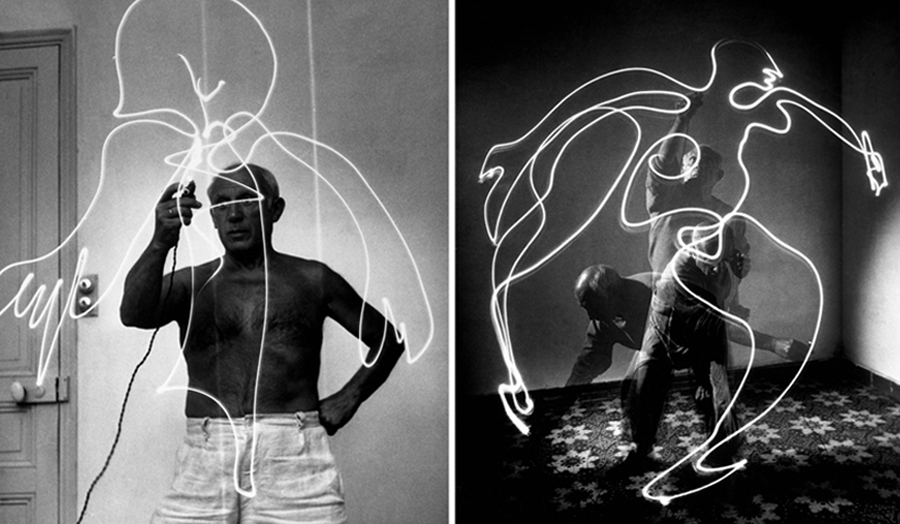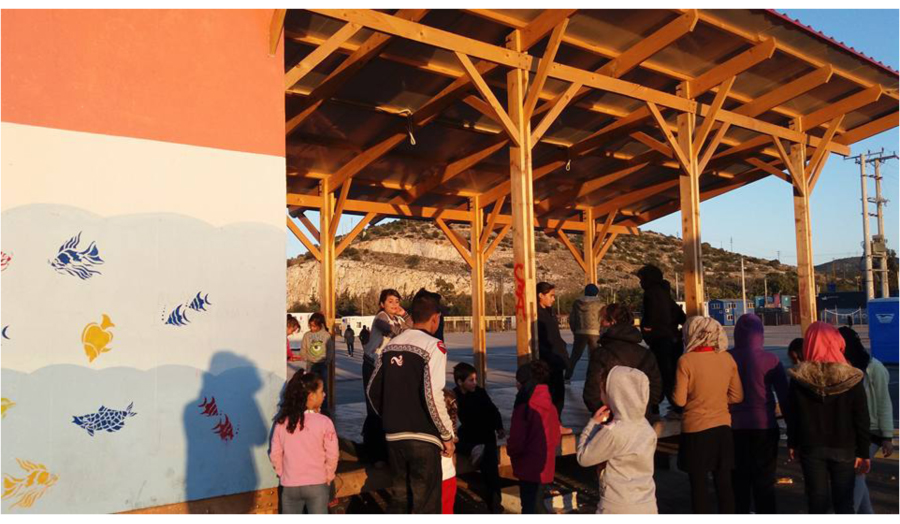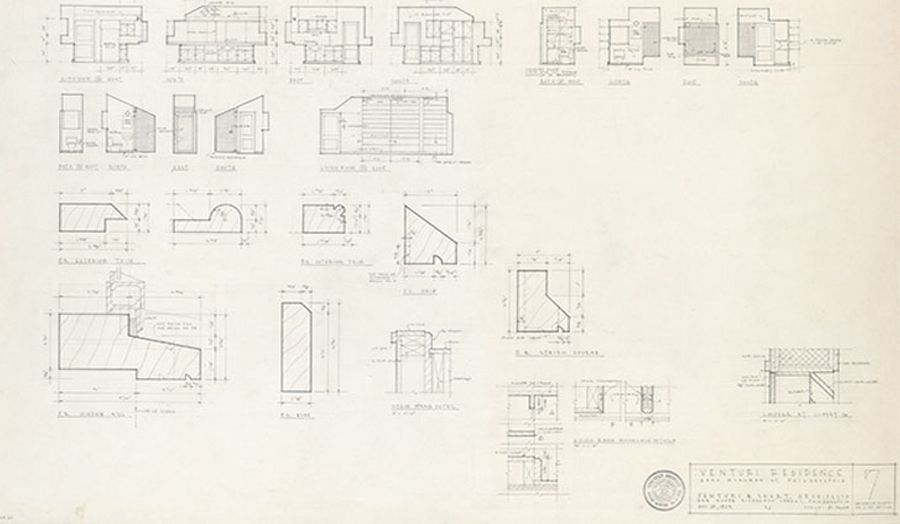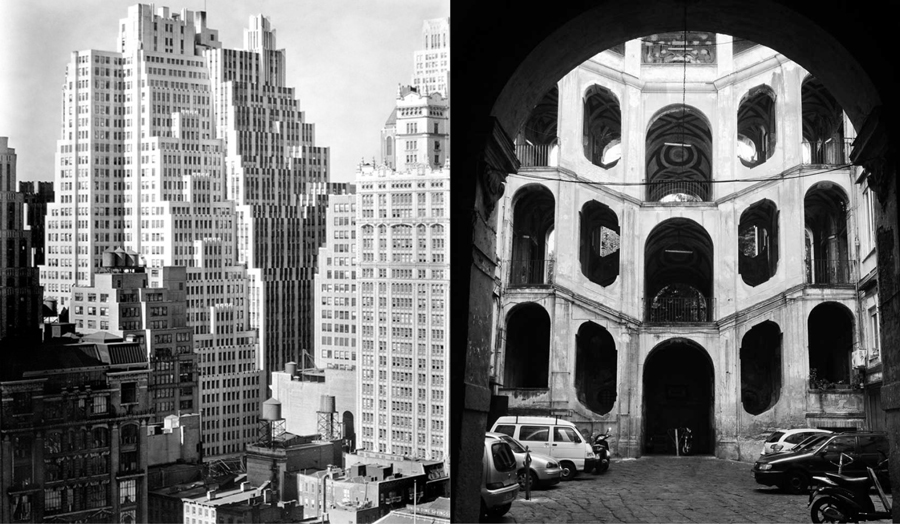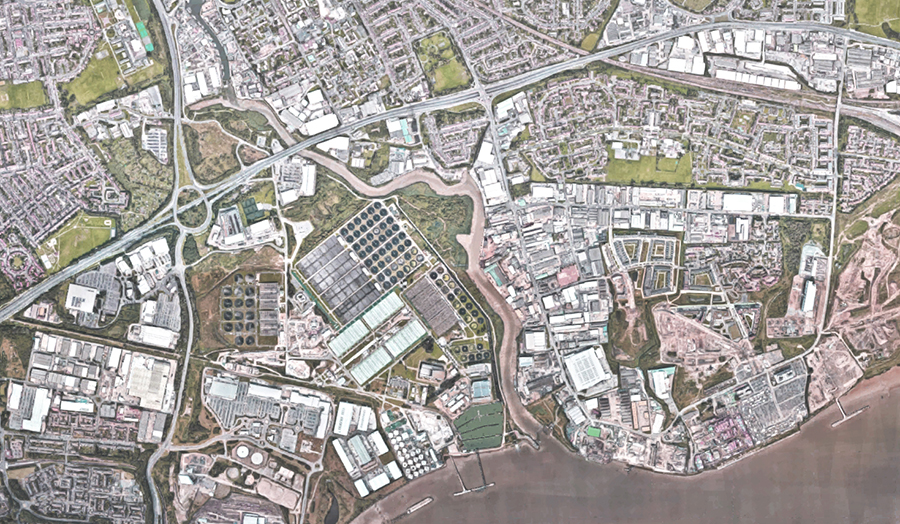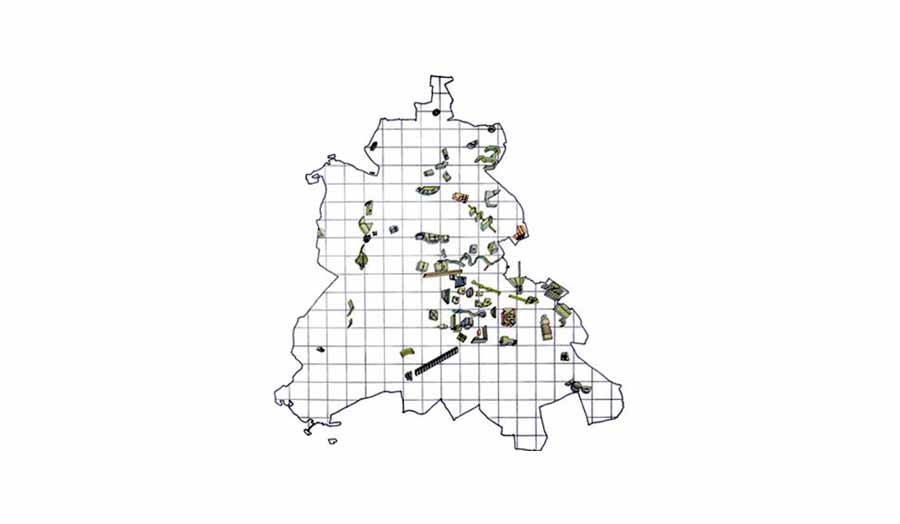Unit brief
This year, the unit will focus on the practice of architecture as a partially autonomous discipline. A degree of autonomy in the design process can enable a more holistic way of approaching a project and greater clarity in defining design intentions. Though we have great sympathy with the idea of design as a response to its immediate and broader context, we think that it is sometimes useful to approach design from the opposite direction, to apply a pre-defined model to place and to see what dialogue emerges.
The pre-defined model that we are interested in is characterised by polyvalence – meaning that it should be able to adapt, with minimal modification, to accommodate different uses. This thesis will be tested in two projects at different scales.
The first will be to collectively design and self-build a polyvalent structure made of grown materials, timber and hemp, at full scale on land at Margent Farm in Cambridgeshire. The project will build on research and built projects undertaken by Practice Architecture on land bought by its owner to explore the cultivation of hemp and its use in products that range from packaging to construction components. You will be introduced to significant new research in material culture that looks at how different parts of the plant can be combined to make stiff composites. The construction period will be compact and take place in two phases.
The major project will address polyvalency at the scale of the city in the design of a model that could be adapted to accommodate programmes of dwelling, education and work. The polyvalent model will be developed through a number of iterations that will be considered initially as autonomous from place but contingent to the following issues:
- material selection (their sources, capabilities and impact on the environment)
- the setting out of structure (the permanent)
- the composition of space (the permanent or mutable)
- the route taken by services (the necessarily adaptable)
- the external expression (necessary for architectural probity)
The next phase of the major project will look at how the model might be adapted further when applied to sites inside and at the edges of social housing estates in London above the 100-year flood plain.
The unit continues to be concerned with how material and industrial cultures will shape the world in the near future and are still driven by a desire to intelligently and creatively challenge the regulations, supply chains and processes that to a large extent prescribe how the buildings we inhabit are made, function and feel.
Image: Hempcrete & Oak Columns, 1:10 model. Joseph Bodansky, 2014
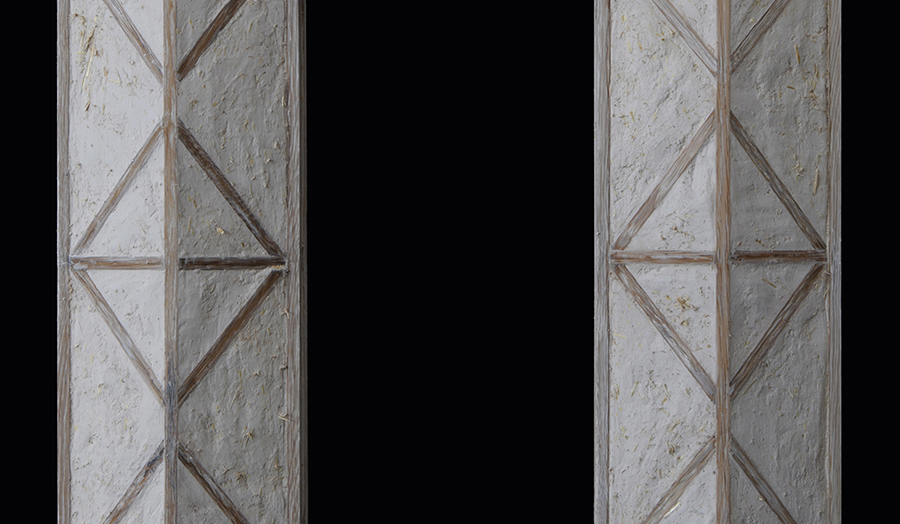
Details
| Course |
Architecture MA
|
|---|---|
| Tutors | David Grandorge Paloma Gormley |
| Where | Goulston Street Room GS1-16 |
| When | Monday and Thursday |

.jpg)
